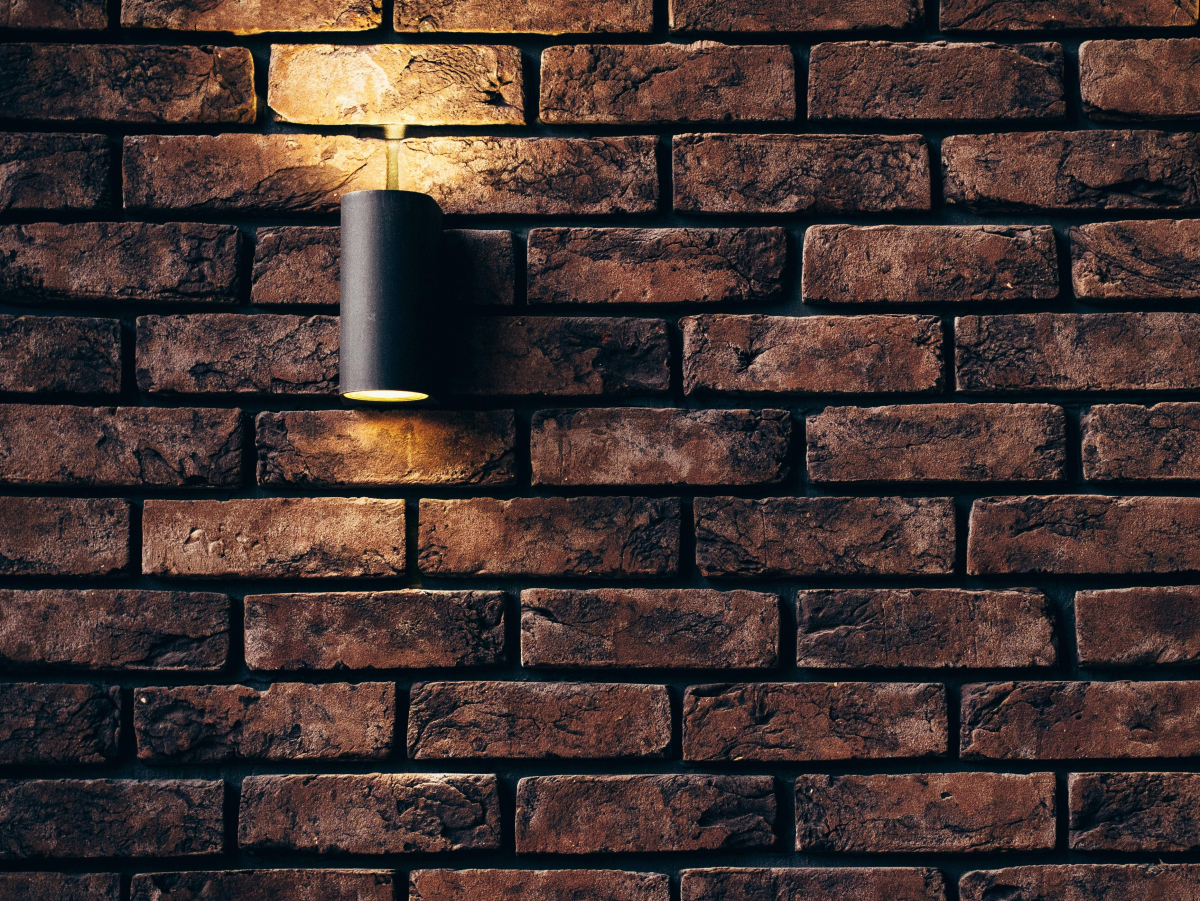The first approach to low-energy homes is reducing the energy demand from heating, cooling, and power and ensuring that whatever is used is retained as long as possible. To do this, the materials used to construct the building must be efficient at retaining heat during winter months and releasing heat during the summer; that is what is meant by the fabric-first approach, which is a passive strategy.
The approach is detailed below:
Enhancing Thermal Insulation: Our focus is upgrading insulation across walls, roofs, and floors. Minimising heat loss and gain, we create comfortable indoor environments without excessive reliance on heating or cooling systems.
Sealing Airtightness: We meticulously seal gaps and cracks in building envelopes to prevent drafts and heat loss. This enhances energy efficiency and improves indoor air quality and occupant comfort.
Prioritizing High-Quality Windows and Doors: Our approach involves energy-efficient alternatives. Well-designed windows and doors improve insulation, reduce heat loss, and enhance noise control.
Thoughtful Ventilation Design: Effective ventilation ensures good indoor air quality and prevents moisture buildup.
Harmonize Your Habitat: The Green Blueprint for Home Wellness
Download Our Latest eBook
A Guide for Homeowners to Decrease Energy Use and Optimize Home Living. Helping you bring harmony to your living space through eco-friendly practices that promote health and wellness.
Click Here

